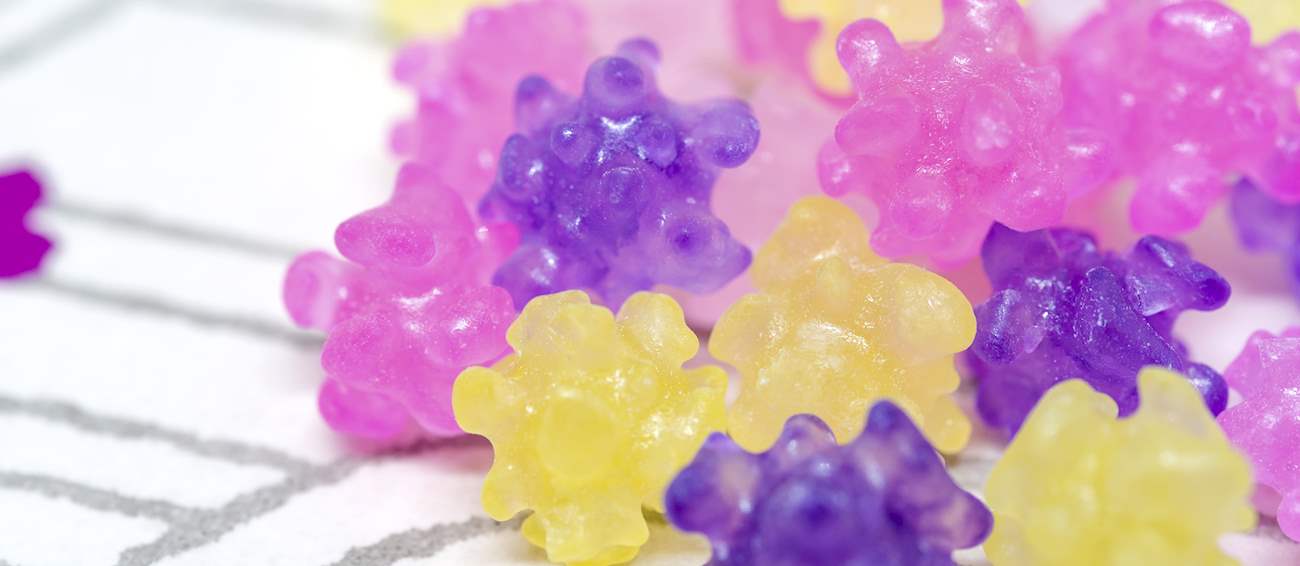OR
Already have an account? Log in
OR
Konpeitō
(金平糖, コンペイトー, Kompeitō)
Konpeitō is a popular Japanese sweet, a type of wagashi made almost entirely of sugar, characterized by its aesthetically unusual shape and colors. It was introduced to Japan in the 16th century by Portuguese traders. The word konpeitō is actually derived from the Portuguese confeito, a similar type of sugary treat.
Konpeitō is usually handmade by heating and rotating a tiny lump of sugar, which is then layered with additional sugar on a daily basis until it crystallizes, and it takes anywhere between 7 and 20 days to produce it. Although the traditional konpeitō tastes like plain sugar, today there are also other flavors such as fruit and cider.
It is commonly used in tea ceremonies and for making children's cakes. Konpeitō is also a standard gift for the visitors of the Imperial House of Japan, giving numerous tourists a unique souvenir to bring back home.






















